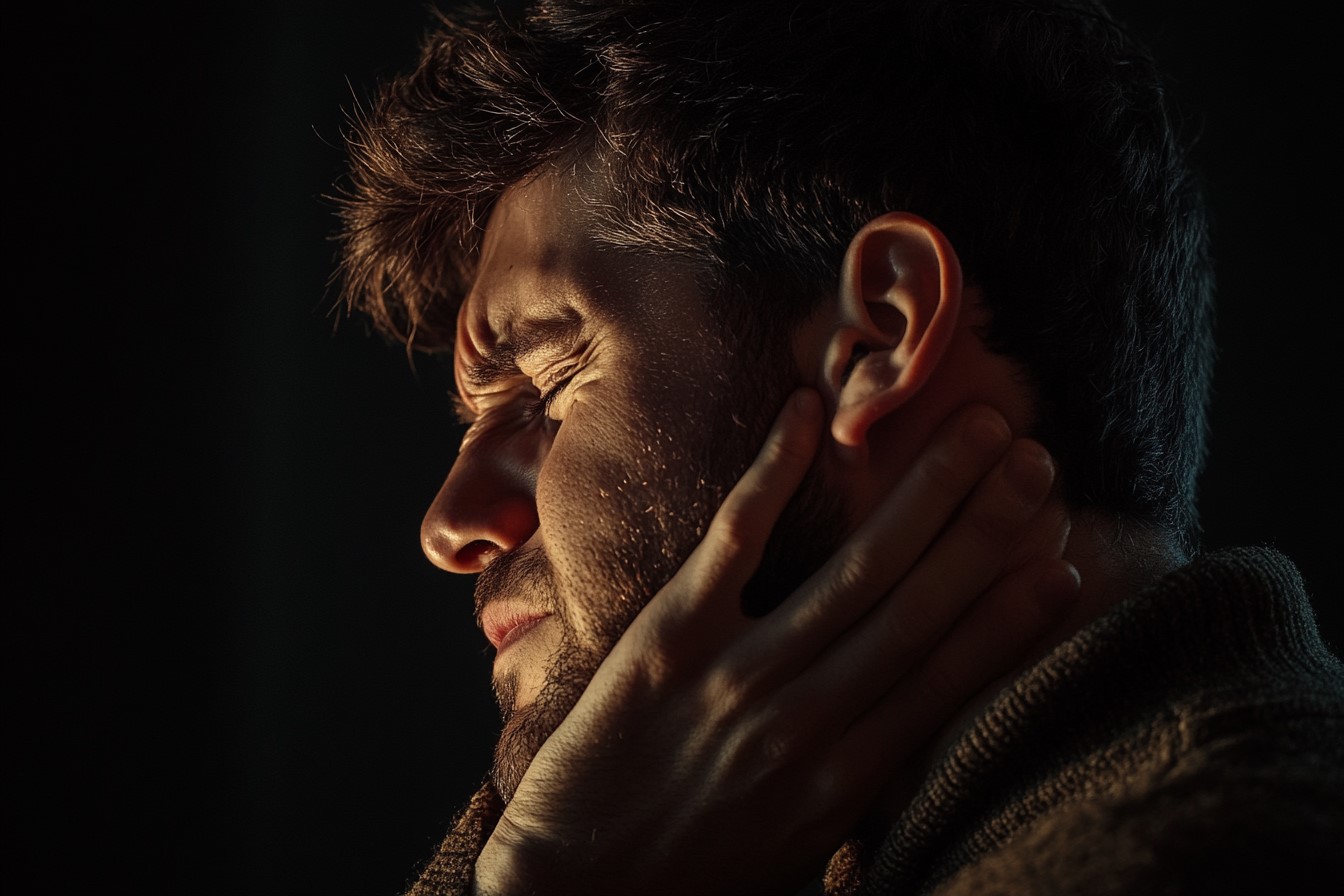
Headphones have become an integral part of our daily lives, providing a convenient way to enjoy music, podcasts, and other audio content. However, their widespread use has raised concerns about their impact on hearing health. This article explores the potential risks associated with headphone use and offers insights into how to enjoy audio content safely.
Understanding the Risks
The primary risk associated with headphone use is noise-induced hearing loss (NIHL). NIHL occurs when the delicate hair cells in the inner ear are damaged by exposure to loud sounds. This damage can result from listening to audio at high volumes, especially above 85 decibels (dB), and for extended periods. Many personal audio devices can produce sound levels well above this threshold, posing a significant risk to hearing health.
Additionally, the proximity of earphones to the eardrum, particularly in-ear models, can increase the intensity of sound reaching the inner ear, further elevating the risk of hearing damage. Symptoms of NIHL include ringing or buzzing in the ears (tinnitus), difficulty understanding speech, and a sensation of muffled or distorted hearing.
Safe Listening Practices
To mitigate the risks associated with headphone use, it is crucial to adopt safe listening practices. Here are some recommendations:
- Volume Control: Keep the volume at a safe level, ideally between 50% to 60% of the maximum volume on your device. The World Health Organization recommends a maximum volume of 85 dB for no more than eight hours per day.
- Limit Listening Time: Prolonged exposure to loud sounds can increase the risk of hearing damage. Limit listening sessions to no more than one hour at a time and take regular breaks to allow your ears to recover.
- Use Noise-Cancelling Headphones: These headphones such as from Dyson reduce background noise, allowing you to enjoy your audio content at lower volumes. This feature can help prevent the need to increase the volume to drown out external sounds.
- Choose Over-Ear Headphones: Over-ear headphones tend to be safer than in-ear models because they are further from the eardrum. They also provide better sound isolation, reducing the need to increase volume levels.
- Monitor Volume Levels: Many devices have built-in volume limit settings that can help you maintain safe listening levels. Consider using smartphone apps to monitor your sound exposure.
The Importance of Headphone Hygiene
Beyond volume control, maintaining good headphone hygiene is essential for preventing ear infections and other complications. Headphones and earbuds can accumulate dirt, sweat, and bacteria, which can lead to irritation in the ear canal or even ear infections. To practice good hygiene:
- Regularly clean your headphones or earbuds with a soft, dry cloth to remove dirt and oils.
- If your earbuds have silicone or foam tips, wash them with soap and water and allow them to air-dry completely before reattaching.
- Avoid sharing your headphones with others to prevent the spread of germs.
A Sound Approach to Hearing Health
In conclusion, while headphones offer a convenient way to enjoy audio content, it is essential to use them responsibly to protect your hearing health.
By adopting safe listening practices, such as controlling volume levels, limiting listening time, and maintaining good headphone hygiene, you can enjoy your favorite sounds without compromising your auditory well-being.
Remember, your hearing is precious, and taking proactive steps today can help preserve it for the future.

